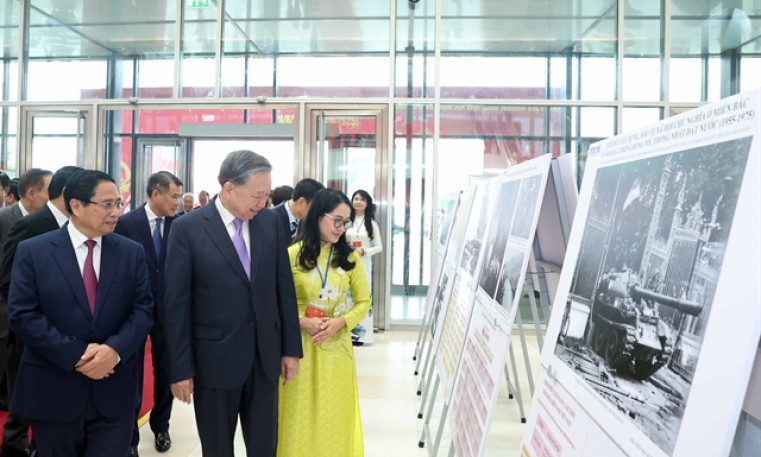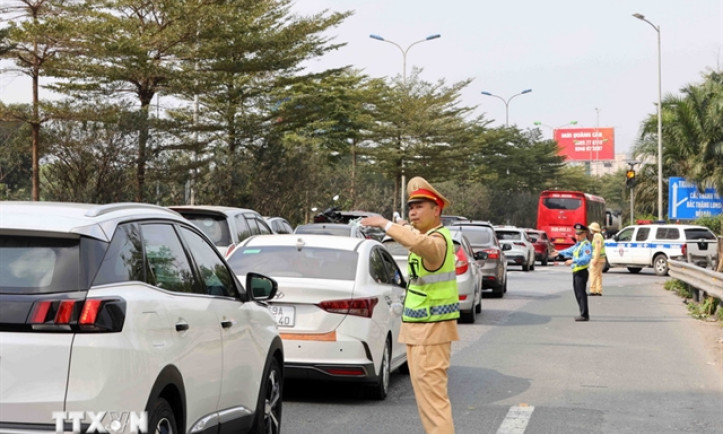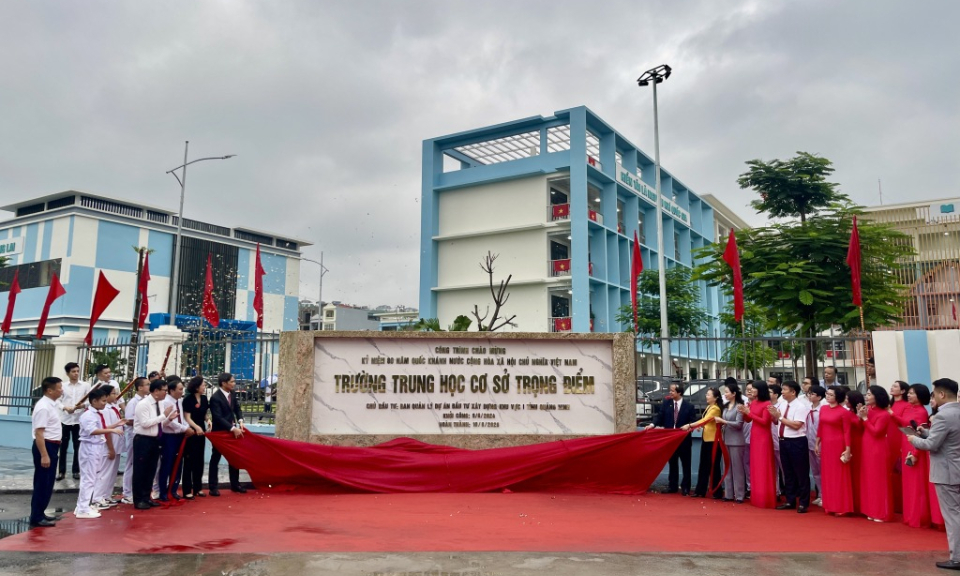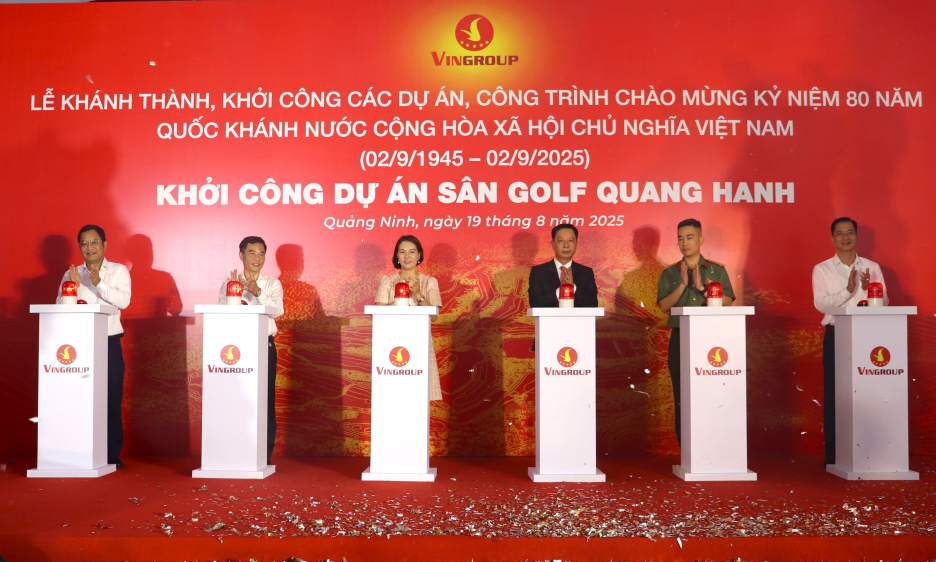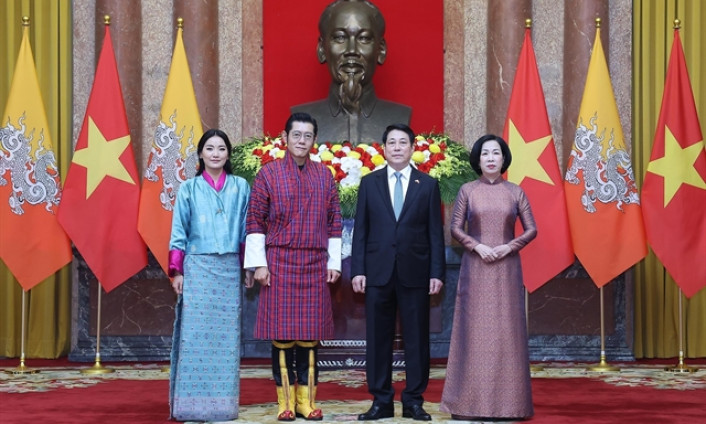European holidaymakers get the stamp of approval from Việt nam
Việt Nam’s decision to grant visa-free entry for citizens of 12 European countries from August 15 is opening up new opportunities for national tourism, according to experts.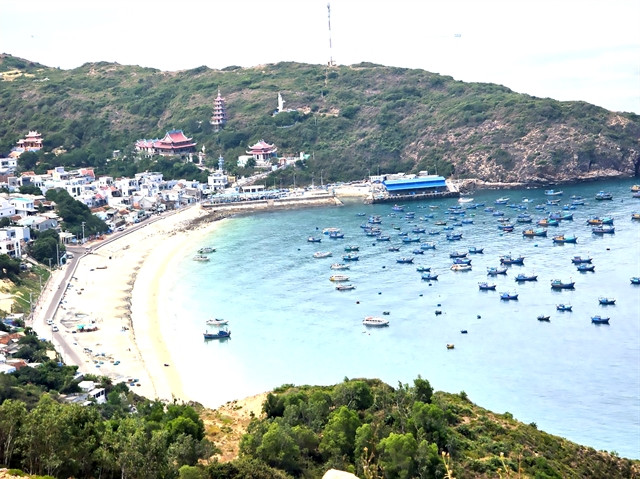
Việt Nam’s move to waive visas for citizens of 12 European countries from August 15 is being hailed by experts as a game-changer for national tourism, unlocking fresh opportunities to attract high-spending, long-stay visitors from key markets.
The visa exemption, part of the Tourism Development Stimulus Programme under Resolution No 229/NQ-CP issued on August 8, will remain in effect until August 14, 2028.
The countries included are Belgium, Bulgaria, Croatia, Czech Republic, Hungary, Luxembourg, the Netherlands, Poland, Romania, Slovakia, Slovenia and Switzerland.
Statistics from Việt Nam’s National Authority of Tourism show that European travellers were the second-largest group of international arrivals after those from Asia in 2024, accounting for 11.3 per cent — or around two million visits. Europe remains one of the fastest-growing markets and a major contributor to Việt Nam’s tourism industry.
Lux Group CEO Dr Phạm Hà said Việt Nam has a significant advantage in attracting European tourists thanks to its safe and friendly travel environment, reasonable costs and diverse natural destinations. The visa exemption, he said, will help reduce administrative barriers and encourage European travellers to consider Việt Nam as a long-term destination.
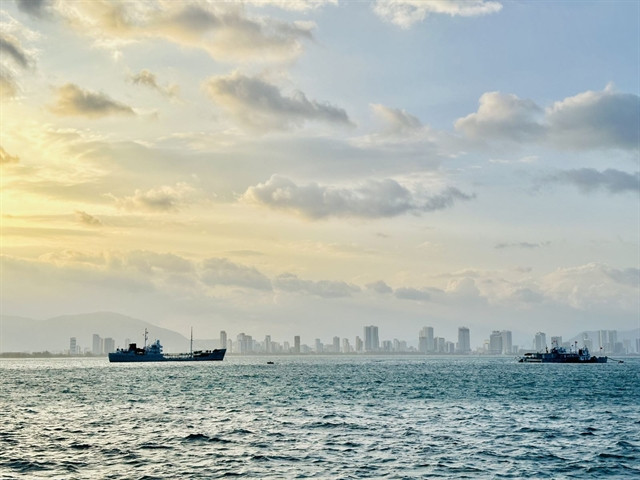
Dr Justin Matthew Pang, Senior Programme Manager for Tourism and Hospitality Management at RMIT University Việt Nam, said European travellers typically undertake extended stays (8–20 days for Southeast Asia itineraries) due to the relatively long geographic distance from their home countries.
He added that they exhibit high spending (US$1,500–2,500 per trip) and prioritise cultural, culinary and natural experiences, alongside sustainable tourism activities. Generally, they value high-quality services and environmental standards.
“The visa exemption is expected to generate a clear boost in arrivals during the upcoming peak season. In the long term, if combined with expanded e-visa access, increased flight connectivity, and enhanced service quality, Việt Nam could sustain growth from this market,” he said.
This aligns with trends observed by major online travel agencies and traditional operators (Booking.com, Expedia, TUI Group, Thomas Cook), showing that international travellers respond quickly to changes in entry policies but will only return if infrastructure, experiences and connectivity are upgraded holistically.
Opportunity

Việt Nam currently offers a 45-day visa waiver for citizens of several European countries — a longer duration than is provided by many other ASEAN nations.
Associate Lecturer in Tourism and Hospitality Management at RMIT Việt Nam Hà Quách believes this duration aligns well with European travellers’ preference for extended stays, allowing for in-depth exploration and relaxation.
Condé Nast recommends 10–14 days to explore Việt Nam and the 45-day limit therefore provides ample flexibility for deeper travel or work-leisure combinations, said Quách.
“The growing ‘slowcation’ trend — longer stays for in-depth exploration and relaxation — is increasingly popular. Older or affluent travellers tend to travel less frequently but stay longer in each destination to fully experience the local culture and scenery,” he said.
“For Europeans accustomed to extended holidays and immersive itineraries, the 45-day visa exemption reduces administrative barriers, positioning Việt Nam as a potential long-stay destination rather than a brief stopover. With its existing advantages, Việt Nam is well-positioned to capitalise on this slowcation market.”
Solutions
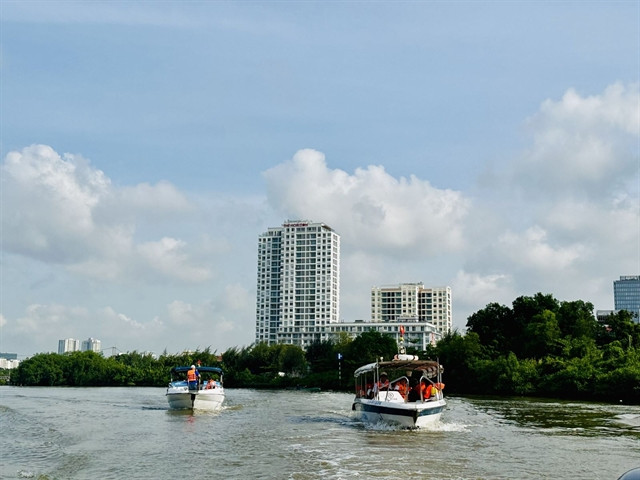
Reports from Expedia and Skyscanner indicate that European travellers favour multi-service, all-inclusive experiences and seamless itineraries, making airline–hotel–tour operator alliances crucial.
Sustainable travel is becoming increasingly important, with 57 per cent of international tourists expressing awareness of tourism’s impact on local communities and the environment. This segment also allocates significant spending toward high-value experiences such as wellness, fine dining, and specialised tours.
Dr Pang said: “Việt Nam’s tourism sector should develop niche, thematic and regional products, train guides to become fluent in travellers’ native languages, collaborate with European travel agencies and online agencies to distribute products and emphasise sustainable tourism as a key competitive advantage.”
He also believes that to extend stays and increase spending, Việt Nam should develop high-end product bundles such as cruises, golf and MICE packages, with integrated domestic and regional itineraries (Việt Nam–Laos–Cambodia). Digitalisation of itineraries, including online booking, frictionless payment and navigation support, will enhance convenience and seamless experiences.
Research further shows that international travellers spend more in destinations with strong tourism infrastructure and numerous world heritage sites. As accommodation accounts for roughly one-third of European tourists’ total spend, improving quality and diversifying lodging options should be a strategic priority to both boost spending and elevate the destination’s profile.
“Việt Nam has cultivated an image as a safe, friendly, culturally rich and naturally diverse destination, Dr Pang said. "These competitive advantages should be fully leveraged through international product development and marketing campaigns to expand visitor numbers, increase spending, and strengthen destination competitiveness.”

